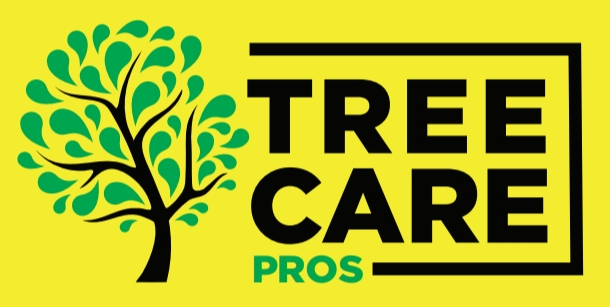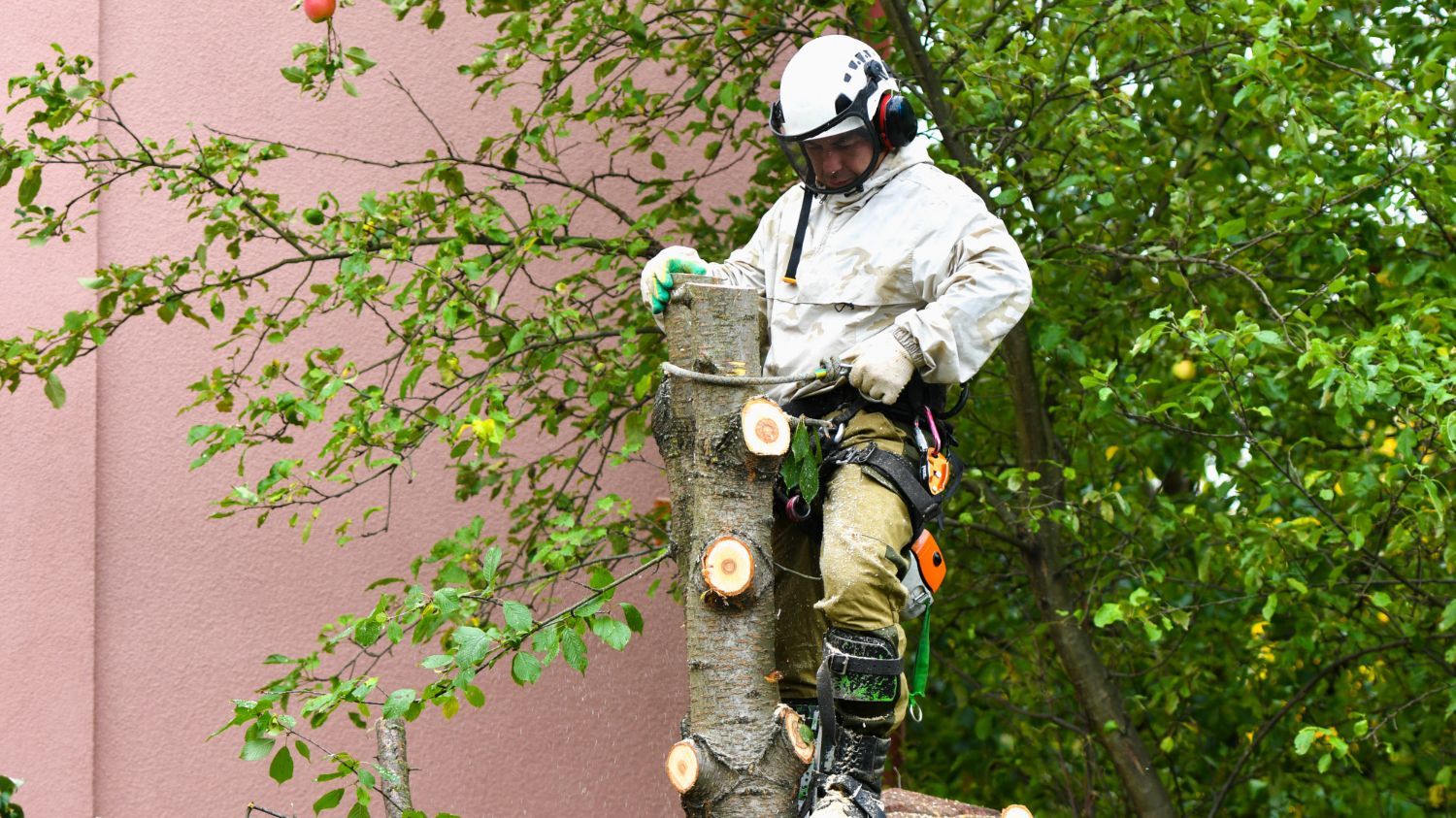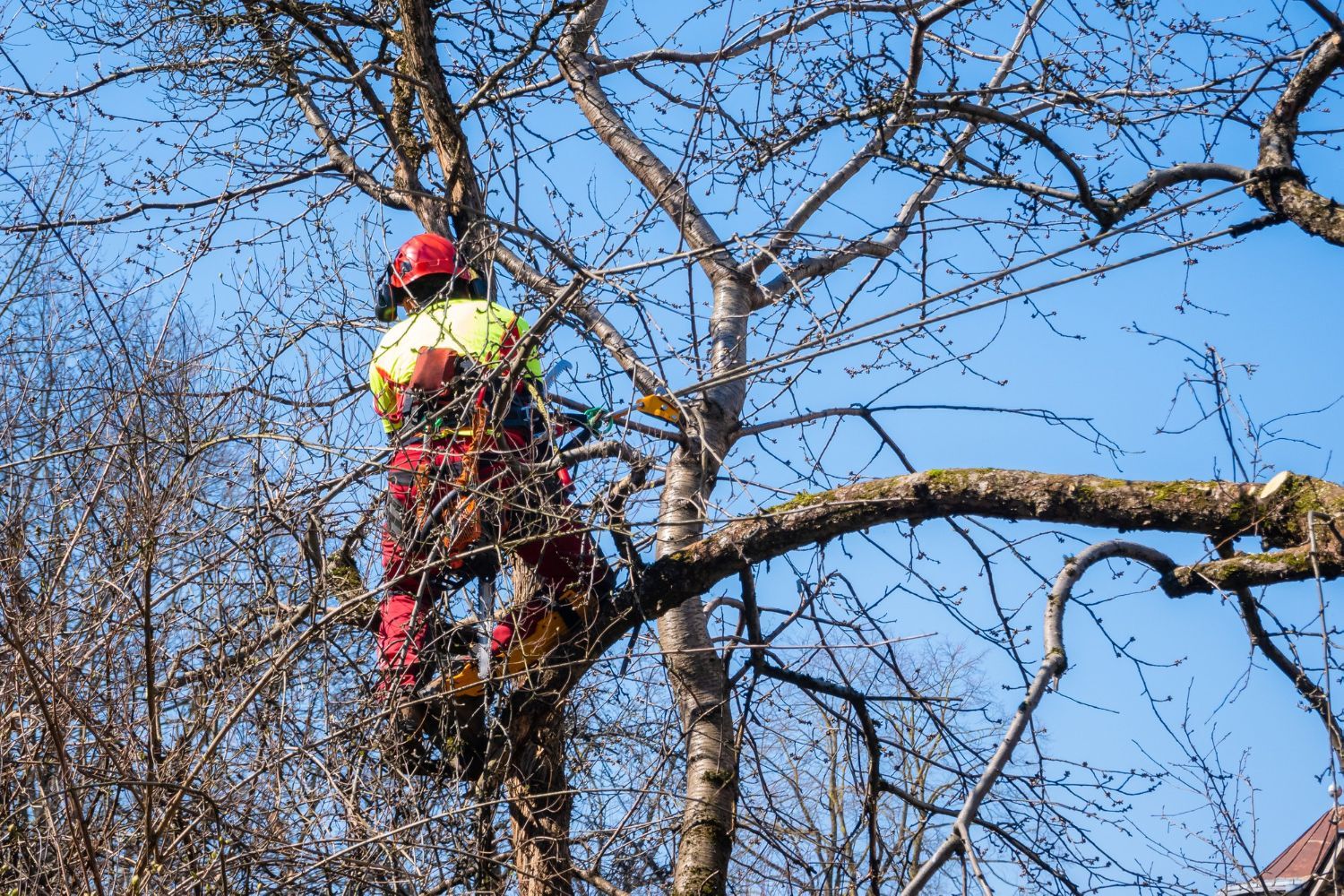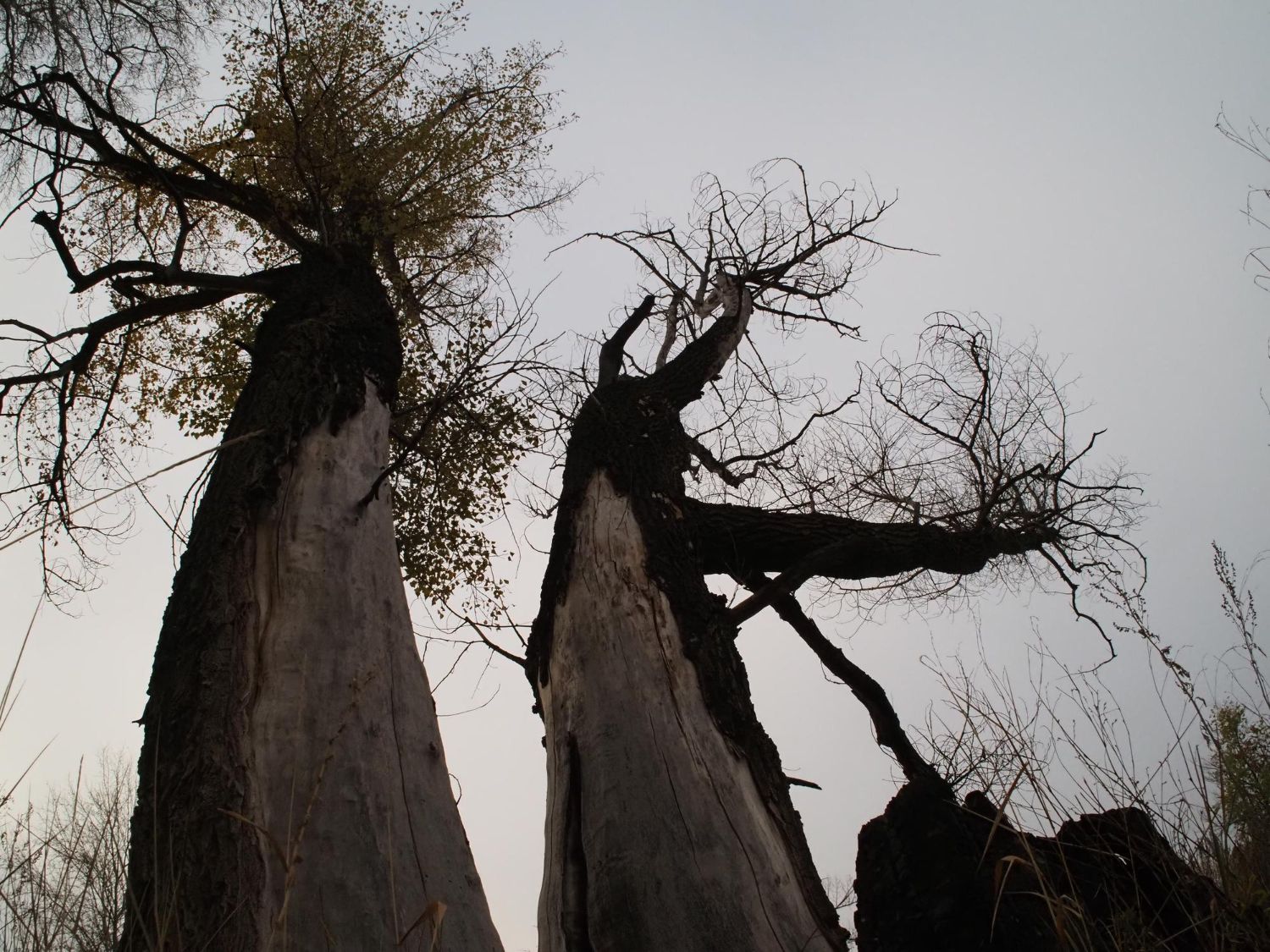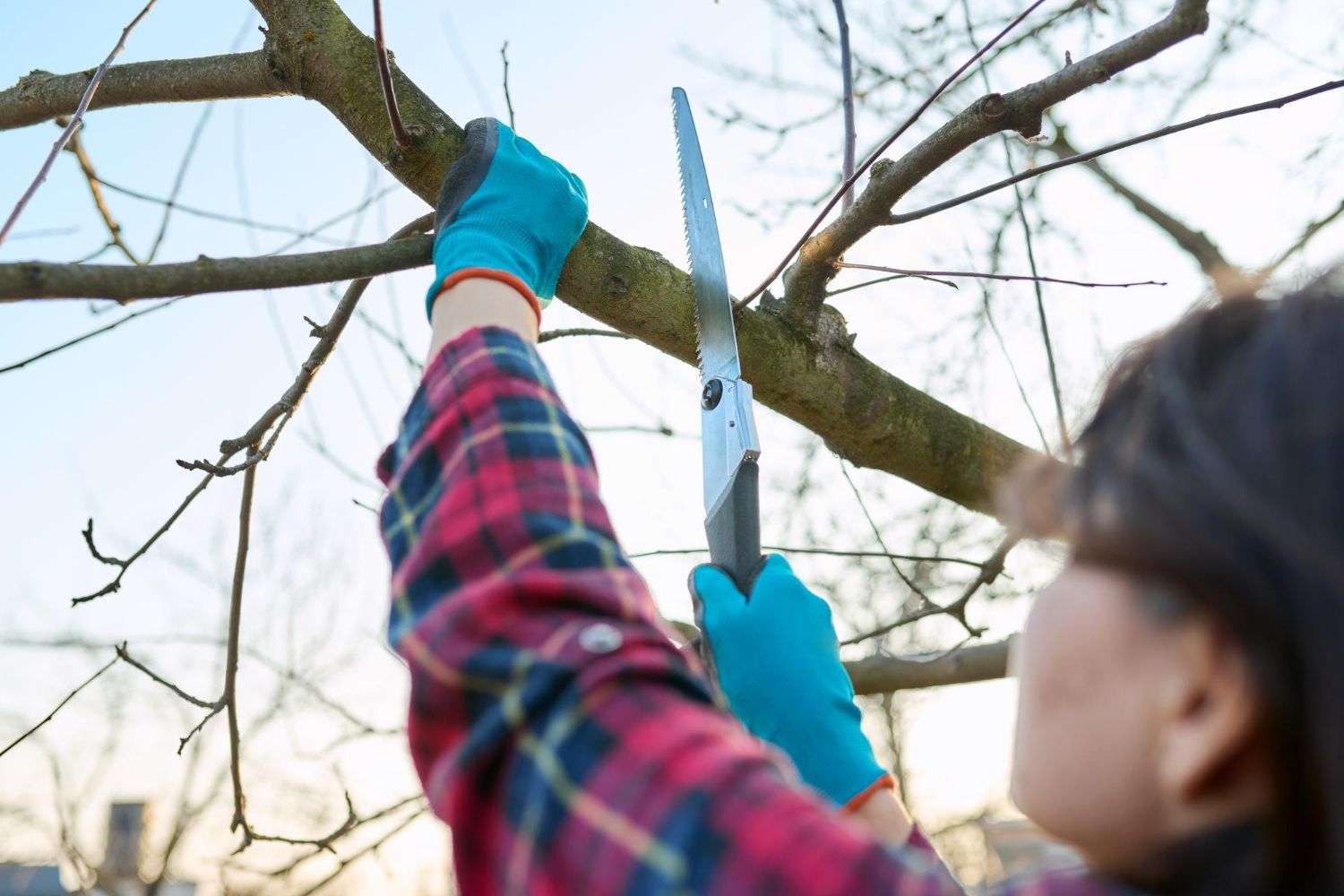Blog
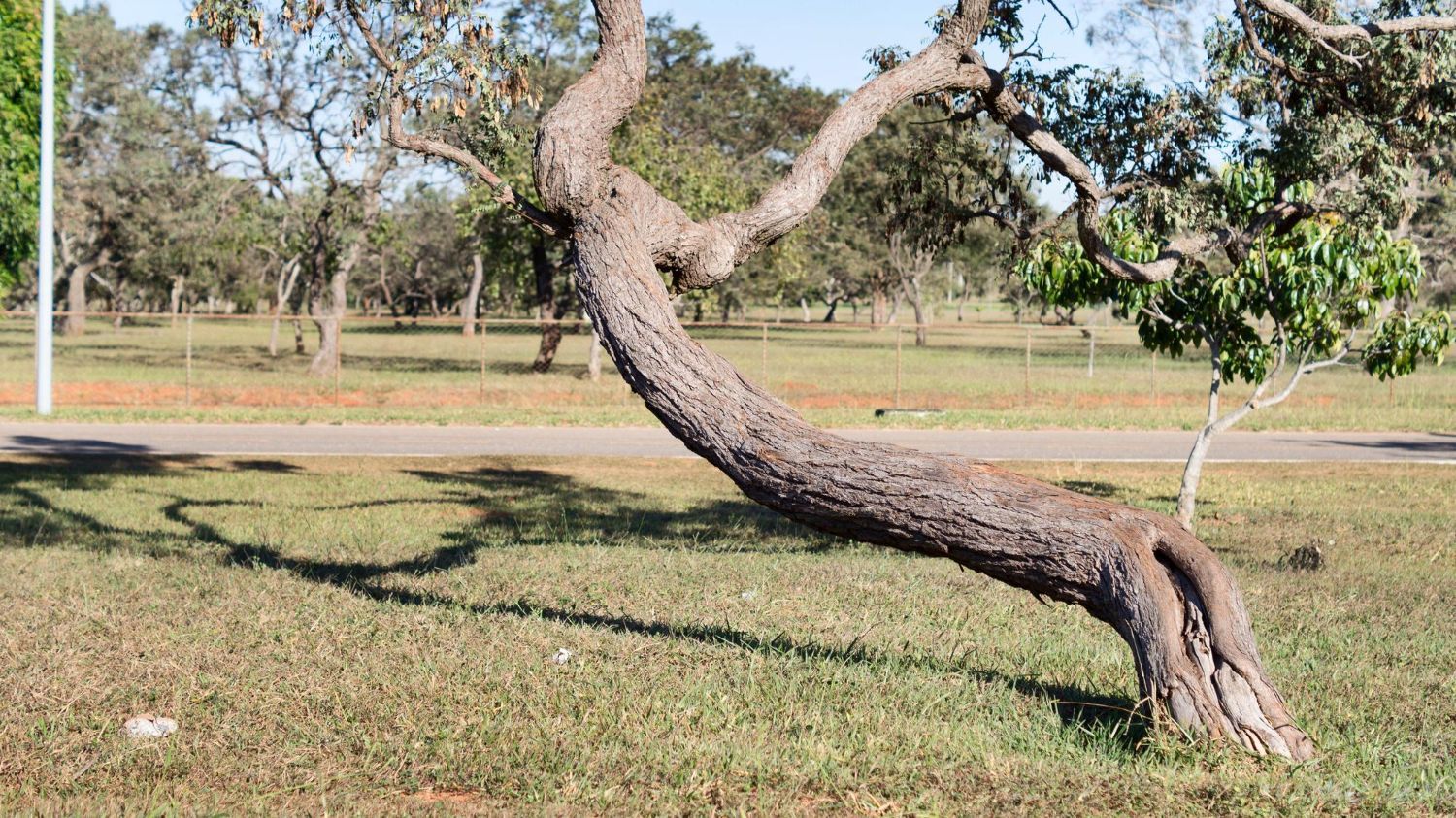
March 26, 2025
Trees add beauty and value to any property, but when they start leaning, it's more than just an eyesore—they can pose serious safety risks. Understanding why trees lean can help homeowners address potential dangers before they lead to trouble. In Barrie, where seasonal winds and weather changes can worsen tree tilts, knowing how to handle a leaning tree is key to maintaining a safe environment. Addressing a leaning tree promptly prevents accidents and avoids potential property damage. Many homeowners may not even realize the importance of intervening early. Without action, a leaning tree might develop root issues or become unstable, leading to costly damage. Let's explore how you can identify causes and assess the safety of that tilting tree in your yard. Understanding the Causes of Leaning Trees Numerous factors can cause trees to lean, and understanding these causes helps in managing them correctly. Here's a closer look: 1. Natural Growth Factors: Not all leans are hazardous. Sometimes trees lean naturally as they grow toward sunlight due to environmental conditions or when competing with other trees for space. 2. Environmental Influences: Nature plays its part, too. Strong winds, heavy rain, and even the weight of snow can gradually tilt trees. Over time, the pressure from these elements may weaken the tree's root structure, causing it to lean more noticeably. 3. Examining Root Causes and Stability: Sometimes, the problem lies under the surface. Shallow root systems may fail to anchor a tree securely, especially in areas with loose or sandy soil. Checking the soil condition and knowing the tree's root depth can help assess its stability. By identifying these factors, homeowners can better gauge which leaning trees might need more attention and possibly removal. Assessing the Safety of a Leaning Tree Not every leaning tree is destined to fall, but assessing its safety is crucial to determine the right action. Here’s how you can evaluate a leaning tree's threat level: - Signs of Hazard: Look for cracks in the soil around the base, exposed roots, or visible shifts in the tree's position after a storm. These indicators suggest the tree might be losing its grip on the ground. - Stable vs. Dangerous Lean: A tree leaning slightly away from vertical may not be alarming if it's stable and growing naturally in that direction. However, a sudden or severe lean, especially after a storm, calls for immediate attention. - Seeking Professional Evaluation: When in doubt, consulting with a tree expert is wise. Professional arborists can provide crucial insights and recommend whether a tree is likely to hold up or if it poses a danger and needs removal. Taking these steps can prevent future incidents and ensure the well-being of your property and loved ones. Addressing these concerns early also helps in planning further actions needed to maintain tree stability. Safety Measures for Addressing Leaning Trees When you notice a tree in your yard starting to tilt, acting quickly ensures the safety of your home and those around it. Here are some practical steps to take: - Immediate Actions: If a tree is leaning dangerously, the first step is to cordon off the area to prevent anyone from approaching it. This will minimize the risk of injury should the tree fall unexpectedly. - Supporting or Bracing: In some instances, adding support can stabilize a leaning tree. Using cables or braces supports the tree, helping it stay upright and reducing further strain on the roots. This option is best suited for trees with minor leans. - Decision for Removal: Sometimes, the best course of action is removal, particularly when a tree poses a significant hazard or risks falling. This ensures the tree doesn’t cause injury or property damage. Taking these measures can help manage leaning trees before they become a bigger problem. It's crucial to weigh the available options and decide the most appropriate course of action. Benefits of Professional Tree Removal Services Managing a daunting tree situation often requires more than just basic tools and equipment. Here's why involving professional tree removal services can be beneficial: 1. Expertise and Equipment: Professionals are trained to handle trees in various states safely. They use specialized tools that ensure safe and efficient removal without harming nearby structures or vegetation. 2. Safety and Injury Prevention: Professionals can assess the most effective way to remove a tree, minimizing risks of injury and reducing the chances of damage to your property. 3. Comprehensive Solutions: From initial assessment to complete removal, professionals cover all aspects of tree management. They not only help remove the tree but can also offer advice on preventing future issues with other trees on your property. Seeking professional help ensures that each step is executed safely and effectively. This precaution keeps your home safe and allows you to manage landscaping changes more efficiently. Keep Your Property Safe with Expert Tree Care Addressing leaning trees effectively prevents accidents and helps maintain a neat and secure landscape. Regular check-ups and treatment maintain the health of your trees and reduce the risk of them developing dangerous leans. Fostering a proactive approach lets you enjoy the beauty of mature trees without worry. Tree care becomes significantly easier when entrusted to experts who understand the local environment and the needs of your trees. Expert advice and services provide peace of mind and ensure your green spaces remain safe, healthy, and attractive. To ensure your property remains safe from the hazards of leaning trees, consider the benefits of professional tree removal services. They offer the expertise and equipment needed for safe and efficient solutions. For personalized assistance with tree removal in Barrie , trust Barrie Tree Care Pros to help maintain your landscape's beauty and safety. Find out more about how we can assist with your tree care needs today.
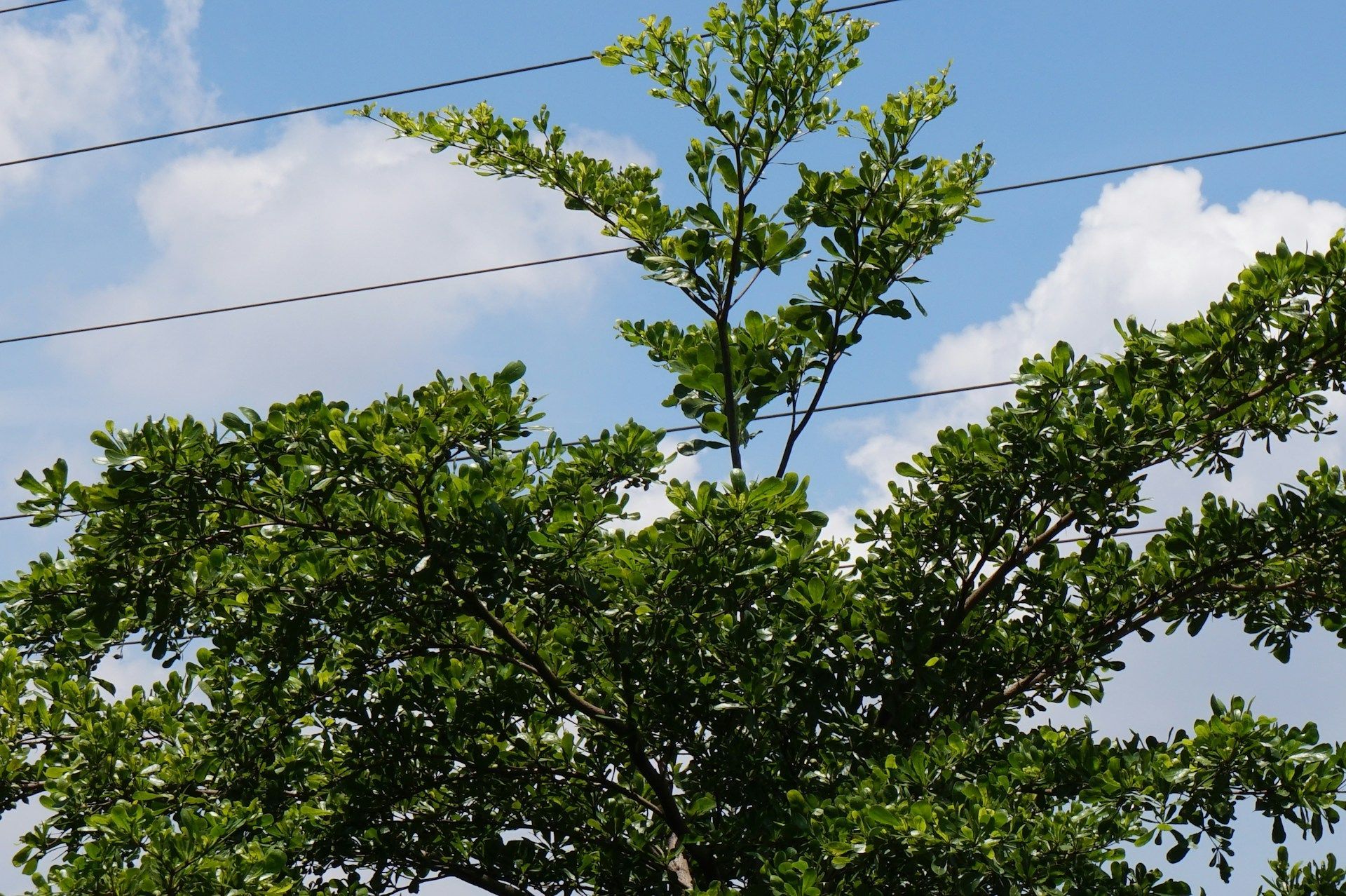
March 20, 2025
Trees add great beauty and value to our homes, but when they grow too close to power lines, they can present serious dangers. Ensuring that trees and power lines coexist safely requires knowledge and action from homeowners. Ignoring this issue can lead to power outages, electrical fires, or even tragic accidents. Weather conditions, like strong winds or heavy ice, can exacerbate these risks. During storms, branches may fall on power lines, leading to hazardous situations. Homeowners must understand their responsibility to maintain trees around power lines, ensuring safety for their families and the wider community. Managing these risks starts with recognizing potential hazards and understanding how to address them effectively. By taking proper care of your trees and knowing when to seek professional assistance, you can prevent accidents and promote a safe environment. Being proactive about this issue protects not only your property but also ensures the safety and reliability of critical electrical services. Understanding the Risks of Trees Near Power Lines Trees growing too close to power lines can cause several dangerous situations. When branches touch power lines, they create a pathway for electricity to travel. This can lead to power outages or even dangerous electrical fires. Moreover, people climbing trees that are in contact with power lines can suffer severe injuries or electrocution. Weather conditions such as high winds, heavy snow, or ice storms amplify these risks. Storms can break tree branches, sending them crashing onto power lines. This not only disrupts the electricity supply but also poses a significant risk of fire and electrical hazards. Falling branches can also damage property or injure people below. As a homeowner, you have specific legal responsibilities regarding trees on your property. You must ensure that trees are maintained safely and do not interfere with power lines. It’s crucial to follow local regulations and utility company guidelines concerning tree maintenance around power lines. Failure to comply can result in fines or liability for any damage or injury caused by your trees. Understanding these risks and taking proactive steps can help prevent accidents. Regular maintenance and following guidelines make a difference in keeping everyone safe and ensuring uninterrupted power supply. How to Identify Hazardous Trees Spotting potentially hazardous trees near power lines is essential for prevention. There are several tips to help identify trees that pose a risk. First, look for trees that are growing too close to power lines. If branches are within five metres of the lines, take action to trim or remove them. Signs of tree vulnerability include leaning trunks or branches, which are more likely to fall in adverse weather. Dead or decaying branches also indicate weakness and should be addressed immediately. Inspect the base of the tree for signs of root damage or disease, as these compromise the tree's stability. Here's a simple checklist for evaluating tree safety near power lines: - Check for branches touching or near power lines. - Look for dead, broken, or hanging branches. - Identify excessive leaning towards power lines. - Inspect for signs of disease, such as fungus or decay. - Assess root health and any visible damage. Regularly inspecting trees using this checklist helps you identify hazardous trees before they cause problems. Taking action early ensures tree safety and reduces the risk of accidents involving power lines. Properly maintained trees contribute to a safe and beautiful environment around your home. Preventative Measures for Tree Safety Keeping trees safe around power lines requires regular and careful maintenance. One of the most effective methods is trimming. Proper trimming keeps branches away from power lines, reducing the risk of accidents. Use clean and sharp tools to make precise cuts, and trim during the dormant season to minimize stress on the tree. Planting trees with safety in mind is crucial. When choosing where to plant, consider the mature height and spread of the tree. This helps prevent future conflicts with power lines. Recommended practices include planting shorter species near utility lines. Avoid planting directly under power lines, choosing locations that allow for ample growth without interference. Routine inspections and maintenance are important for long-term tree safety. Set a seasonal schedule to check branches and the overall health of trees. Regular assessments help catch potential hazards early, allowing you to address issues before they pose a danger. Developing a habit of routine care ensures your trees grow healthy and safe, reducing the likelihood of accidents with power lines. When to Call in the Experts Certain situations call for professional tree care to ensure safety and proper handling, especially near power lines. If a tree has grown too large or is too close to a line, it's best to seek expert help. Severe weather damage, such as split trunks or extensive branch breakage, also necessitates professional intervention for safe removal or repair. Expert tree care and removal services offer significant benefits. Professionals have the right equipment and knowledge to manage trees safely, avoiding potential accidents. They can also provide advice on managing tree growth, planting locations, and preventative care, tailored to your specific landscape. Professionals ensure safe handling of trees, especially those near power lines, by following strict safety guidelines. They assess the risks thoroughly and use appropriate techniques to mitigate hazards. With their expertise, you can maintain a safe environment around your property, keeping both your trees and power lines in optimal condition. Conclusion Trees are a wonderful addition to any property, offering beauty and shade. Yet, managing their growth around power lines is crucial for safety. Regular maintenance, proper planting, and early identification of hazards play key roles in preventing accidents. Whether through self-care or professional advice, keeping trees safe contributes to a secure and pleasant environment. When it comes to ensuring the safety of your trees near power lines, expert help can make all the difference. Trust the tree care experts at Barrie Tree Care Pros for top-notch tree care and removal services. Our professionals are equipped to handle any situation safely and efficiently, giving you peace of mind and a safer property. Reach out to us today to learn more about our services and how we can assist you in managing your trees responsibly.
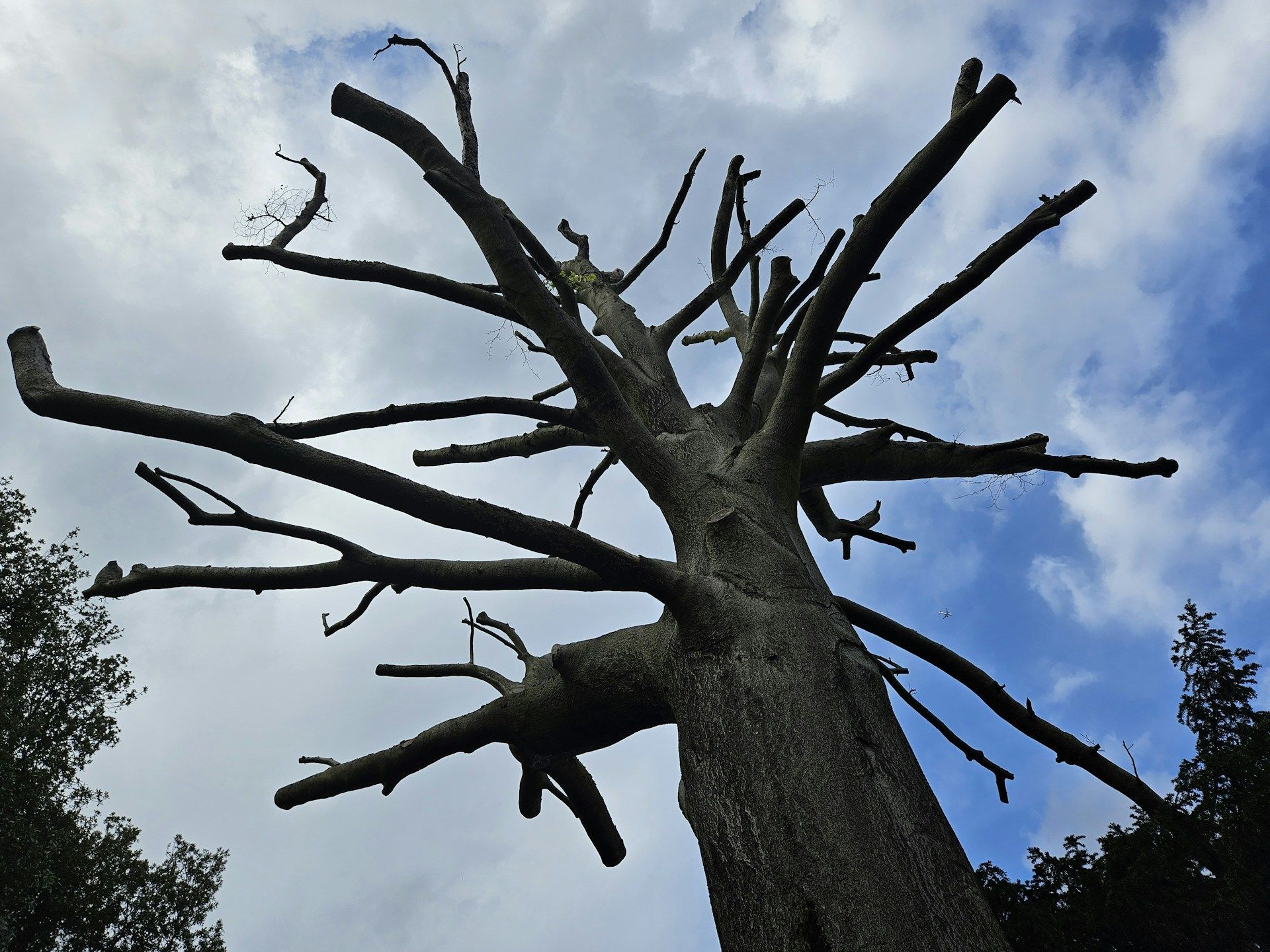
March 5, 2025
Trees are an important part of our backyards, providing shade, beauty, and even privacy. However, understanding their lifespan and health is crucial to maintaining a safe and attractive landscape. Just like people, trees have an age limit, and several factors can affect how long they live. Knowing when a tree is nearing the end of its life can help prevent potential risks to your property. Factors like species, environmental conditions, and proper care play a big role in a tree's longevity. Recognizing the signs of a declining tree helps you decide when it might be time for removal. This not only ensures safety but also keeps your garden looking neat and tidy. Taking care of trees involves making informed decisions about their health and longevity. Learning about the different aspects that affect their lifespan can guide you in nurturing the trees that grace your property. Understanding when to remove a tree will keep your space safe and enjoyable for everyone. Factors Affecting Tree Lifespan Trees are living entities that vary greatly in how long they live. Different species of trees have their own expected lifespans. For example, oak trees can live up to several hundred years, while birches may only last for around 40 to 50 years. Understanding these differences helps in planning and caring for your landscape effectively. Several elements influence a tree's longevity beyond its species. The environment plays a big part in how well a tree can thrive. Trees need adequate sunlight, water, and space to grow healthy. Weather conditions, such as strong winds or heavy snow, can damage trees, shortening their lives. Polluted air and soil can also negatively affect how long a tree thrives. Additionally, the soil in which a tree is planted is essential for its health. Soil quality affects root growth, which in turn influences a tree's overall health. Good soil provides nutrients and proper drainage, preventing root rot and nutrient deficiency. Regular maintenance, like pruning and disease prevention, keeps trees healthy and extends their lifespan. These practices allow trees to grow strong, making them less susceptible to pests and environmental stresses. Recognizing Signs of a Declining Tree Spotting the signs of a declining tree early can prevent hazards and preserve other parts of your garden. One of the most noticeable indicators of a declining tree is physical appearance. Look for dead branches and bare patches on the tree's canopy. These usually signal the tree is facing health issues. Another sign to watch for is disease and pest infestation. Symptoms such as discoloured leaves, soft spots in the trunk, or unusual growths can point to disease. Additionally, if you see small holes in the bark or other pests, like ants or beetles, these could be signs of an infestation that requires immediate attention. Physical damage, such as cracks in the trunk or a leaning tree, is a strong signal that a tree is beyond saving and could be dangerous. Root damage impacts stability, posing a risk of falling, especially in bad weather. These signs indicate the tree might be structurally unstable and removal may be necessary to prevent accidents. Being alert to these signs helps you take timely actions and ensures the safety of your home and family. Making Decisions About Tree Removal Deciding whether to remove a tree can be tough, but sometimes it’s necessary to ensure safety. Dead or dying trees pose risks, such as falling branches, which could damage property or injure people. Assessing these risks carefully helps you make an informed decision about removal. When thinking about tree removal, consider the benefits of getting rid of the hazardous tree compared to preserving it. Removing a dangerous tree can improve safety and prevent accidents. It can also enhance the look of your garden, providing space for other plants to thrive. However, if the tree holds sentimental value or is essential to your landscape, try first exploring options like health treatments or structural support. In some cases, removal becomes essential when the tree poses immediate threats to safety or significantly affects the health of other plants. This might include cases where a tree leans too close to structures or shows extensive signs of disease. Evaluating these conditions helps you determine when removal is the best action for the safety and health of your environment. Consider Professional Assessment and Services Sometimes, the decision of whether to keep or remove a tree isn't clear. This is where professional assessments can be invaluable. Experts provide evaluations that consider not only the health but also the overall impact on your property. Their insights guide you in making decisions that balance aesthetics, safety, and preservation. Removing a tree, especially a large one, requires careful planning and expertise. Professional services ensure that the removal process is done safely and efficiently. They use specialized equipment to minimize risks and follow practices that protect other structures and plants on your property. This approach keeps your outdoor space neat and intact. There are instances when expert help is essential, like dealing with large trees or complex situations, such as trees near power lines. In those cases, professionals have the right tools and knowledge to handle tasks without causing harm. Trusting experts ensures your landscape is managed with care and expertise, keeping it safe and beautiful for the long term. Conclusion Deciding what to do with trees as they age or when they pose risks can feel daunting, but understanding their lifespan and health is the key to making good choices. Evaluating the condition of your trees regularly helps you stay ahead of potential problems. This proactive approach not only keeps your property safe but also ensures a vibrant and healthy garden. When faced with a decision on whether to remove or retain a tree, use the information about its health, location, and potential threats to guide you. Consider the role of professional assessments in providing clarity and confidence in your choices. This balanced approach to tree care supports a harmonious and safe environment around your home. If you're unsure about handling your tree problems, the experts at Barrie Tree Care Pros can help. Our experienced tree care experts offer thorough assessments and professional tree removal services to keep your property safe and attractive. Contact us today to ensure your trees and landscape receive the care they deserve.
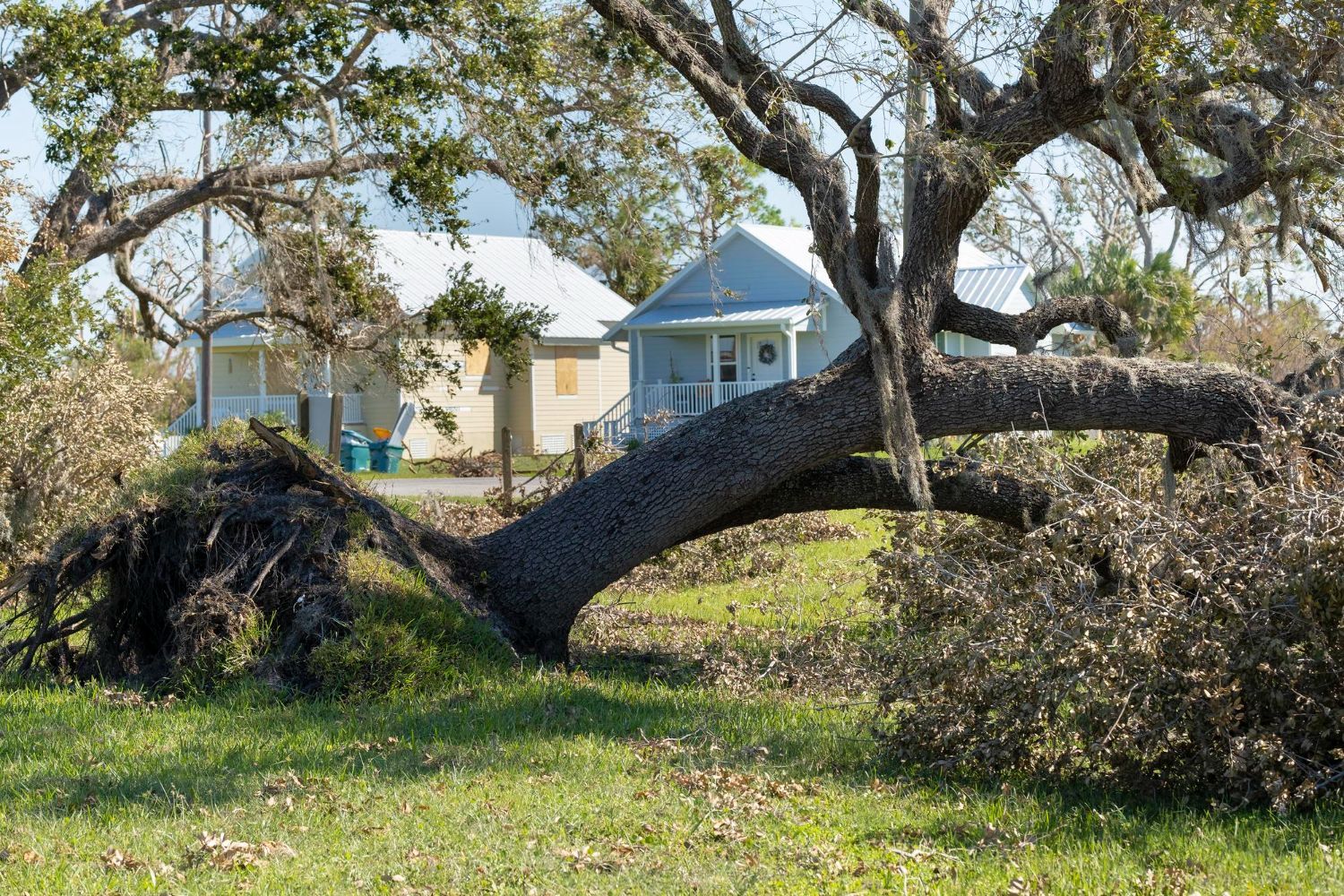
February 5, 2025
Tree roots can cause trouble around the home, slipping under sidewalks, lifting driveways, and even messing with pipes underground. These roots spread wide and deep as they search for water and nutrients, sometimes reaching places where they aren't welcome. It's important to understand how these roots grow and find ways to keep them from damaging your property. Roots can become a real headache if left unchecked. You might notice cracks in the pavement or uneven paths in your yard. But with some smart planning and regular care, you can manage where tree roots grow and protect your space. Knowing what to look for and what measures to take can save you from costly repairs and keep your home safe and beautiful. Understanding How Tree Roots Grow Tree roots play a vital role in a tree's health, helping it stand tall and absorb essential nutrients. As they grow, roots spread both wide and deep, searching for water and nutrients in the soil. This growth pattern allows them to anchor the tree firmly, giving it stability against wind and weather. While you might not always see them, roots can extend far beyond the tree's canopy, sometimes spreading as wide as the tree is tall. In their quest for nourishment, roots often move towards the nearest source of water. This could be a lawn sprinkler system, a sewer line, or even a naturally wet area. As roots grow, they may push through softer spots, like soil with rich moisture, rather than areas with hard surfaces or compacted earth. The movement isn't rapid, but it's persistent and can lead to unintentional damage over time. Signs that roots are encroaching on unwanted territories include cracked pavements and bumpy lawns. If your driveway or sidewalk shows signs of lifting or cracking, tree roots might be to blame. Lawns can also start to feel uneven or develop sudden dips. These are signals to act before more serious problems develop, as proactive steps can help manage root growth and protect your property. Common Property Areas Affected by Tree Roots Tree roots have a way of finding their path, sometimes disrupting areas we didn't expect. There are certain parts of the property where roots commonly cause issues: Driveways and Sidewalks: The surface can crack or lift as roots push upwards. Plumbing Systems: Pipes can suffer from blockages when roots invade them, searching for water. Foundations: The roots of larger trees can creep towards the foundation, which may lead to cracks over time. Gardens and Lawns: Roots can take over space meant for other plants, stifling their growth. Each area is particularly vulnerable due to its structure or material. Driveways and sidewalks, often constructed with concrete or asphalt, can crack under pressure from underground roots pushing against them. Plumbing systems, often built underground where roots thrive, are prone to being infiltrated if any tiny cracks allow root intrusion. Foundations, made to support the weight of buildings, face pressure from roots that can enter small gaps and expand them. Gardens and lawns, providing loose soil, offer roots easy access and ample space to grow. The danger signs can appear in many ways, from an uneven path to persistently slow drains in your home. Recognizing these signs early allows homeowners to address potential issues before serious damage occurs. Taking these warning signs seriously and investigating promptly can save you from costly repairs and maintain the integrity of your property. Preventative Measures to Protect Your Property Preventing tree roots from causing damage involves a combination of strategic planning and ongoing care. One of the most effective solutions is installing root barriers. These barriers are designed to redirect root growth away from vulnerable areas like sidewalks or foundations. When placed properly, they help minimize the risk of structural damage. Choosing the right location and species for planting is another important step. Some trees naturally have less aggressive root systems, making them a safer choice for areas close to buildings or driveways. Consider spacing trees far enough from these structures to give roots plenty of room to spread harmlessly. Regular maintenance is key to controlling root spread. Pruning roots can direct growth and reduce encroachment on delicate areas. By scheduling regular inspections, homeowners can spot and manage potential root problems before they escalate. Watering trees properly—without over-watering—also encourages deep root growth, reducing the incentive for roots to rise and interfere with surfaces. When to Call in the Professionals There are times when managing tree roots goes beyond what you can tackle on your own. Severe root damage, symptoms of a compromised tree, or interference with complex systems like plumbing might mean you need professional assistance. Experts can assess the situation and decide on the best course of action. Quick action is crucial when dealing with root issues. Delaying can lead to more extensive damage and higher repair costs. Professionals offer tools and expertise to handle root problems efficiently, reducing long-term risks. They can also provide advice on trees' health and help you make informed decisions about removal or treatment options. Tree care professionals use their knowledge to assess trees and ensure stability and safety. They conduct thorough health checks to see if roots have impacted a tree's viability. This professional insight can make a big difference in how effectively root-related challenges are managed. Conclusion Managing tree roots is an ongoing responsibility for homeowners, but with the right strategy, it can be straightforward. Consider the age, type, and location of your trees when planning your approach. Regular check-ups, smart planting choices, and preventative measures like root barriers are valuable tools in keeping roots in check and maintaining the value and beauty of your property. When complex issues arise, expert help is your best resource. Partnering with professionals ensures you get timely and safe solutions for any root-related challenges. Taking proactive steps now will help prevent costly repairs later, safeguarding the integrity of your property and its surroundings. Ensure your trees and root systems are well-managed and your property stays safe and sound. Whether it’s assessing the health of trees or deciding when removal is necessary, Barrie Tree Care Pros is here to help. Our tree care experts have the expertise to handle any tree care needs you have. Contact us today to find out how we can assist in keeping your landscape both beautiful and hazard-free.
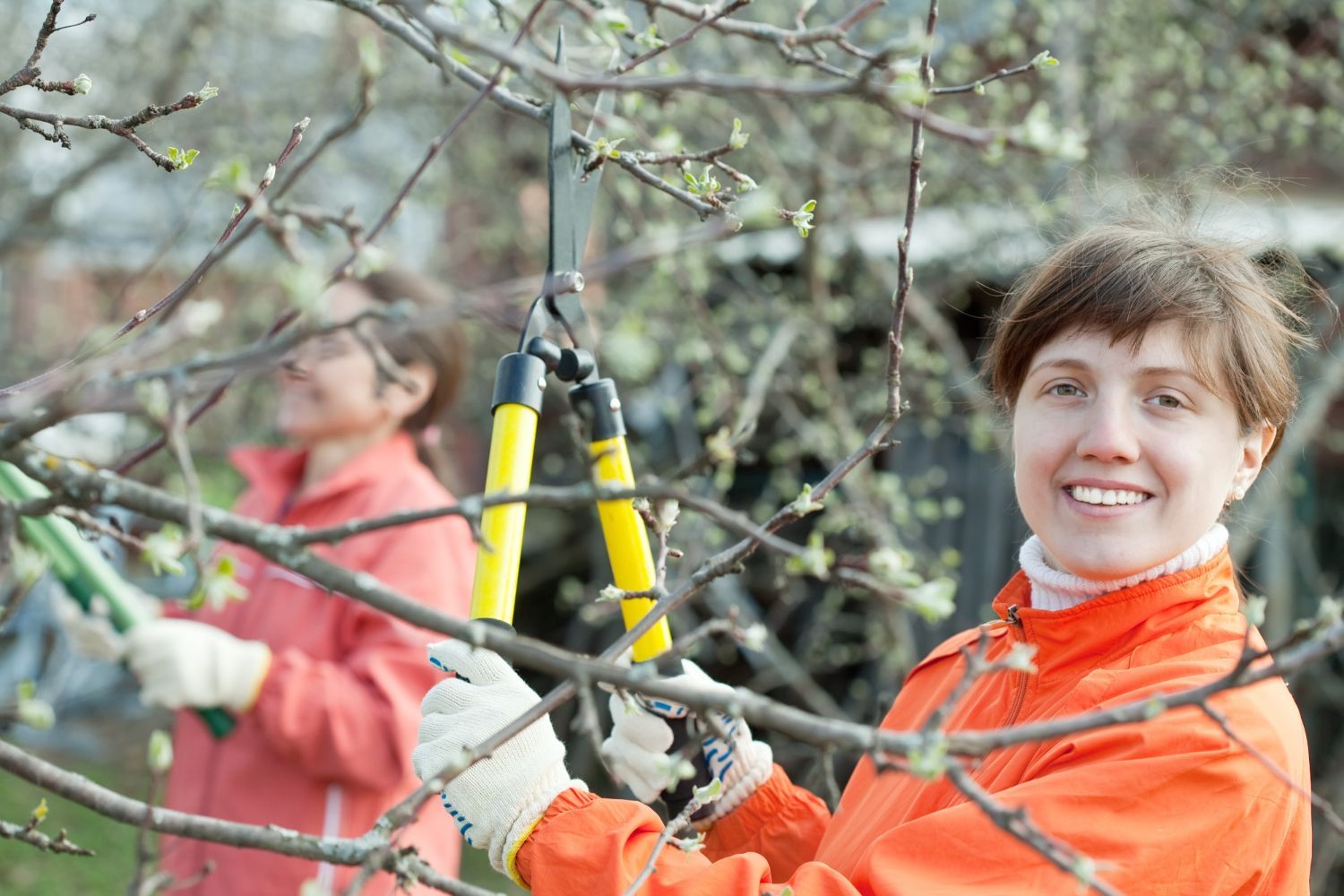
January 29, 2025
Winter might seem like the time when everything outside goes quiet, but it's actually the perfect time to give your trees some attention. Pruning during winter offers many benefits, helping your trees grow stronger and stay healthy. Without leaves in the way, it’s easier to see a tree’s structure so you can prune them well. Pruning helps remove dead or weakened branches, which might break under heavy snow and ice. It also encourages new growth when spring arrives. Taking care of your trees in winter sets them up for a healthy year ahead. This care not only boosts their health but also enhances the beauty of your yard. Understanding why winter pruning is essential can lead to better tree care practices. It's a great opportunity to learn about your trees and ensure they remain a vibrant part of your landscape. Let's explore why picking up those pruning shears during the colder months can make such a big difference for your trees. Understanding the Benefits of Winter Pruning Winter pruning offers several benefits that make it an ideal time to trim trees. Since trees are dormant in the winter, they're less active, which helps avoid stressing them with cuts. This dormancy means the sap flow is reduced, decreasing the risk of sap bleeding and preserving the tree's energy. Pruning in winter allows you to shape trees without interfering with their growth processes. One major benefit is visibility. With leaves off the branches, it's easier to see the tree's structure, allowing for better decision-making on which branches to cut. This clarity helps you identify dead, diseased, or crossing branches that hinder healthy growth. Removing these parts in winter prepares the tree for vigorous growth in the spring. Winter pruning also decreases the chance of pest infestations. Many pests are inactive when temperatures drop. By pruning during this time, you reduce the likelihood of attracting insects that are prone to cause harm when warm weather returns. Additionally, winter pruning helps prevent the spread of certain diseases. Many tree diseases spread easily when conditions are moist and warm. Pruning in winter reduces the risk of infection, contributing to the overall health of the tree. This timing is particularly beneficial for fruit trees, helping to maximize their yield in the next growing season. Common Mistakes to Avoid When Pruning in Winter Pruning trees in winter has advantages, but mistakes can happen if you're not careful. Here are some common errors to avoid to ensure efficient and safe pruning: 1. Pruning Too Late: Timing is important. Avoid pruning too late in winter as it can disrupt the tree’s readiness for spring growth. Aim for mid to late winter when the tree is firmly dormant. 2. Cutting the Wrong Branches: It’s easy to misjudge when branches lack leaves. Ensure you only remove dead, diseased, or crossing branches, leaving the main structure intact. 3. Over-Pruning: Removing too many branches weakens the tree. Limit cuts to about 25% of the tree’s branches to maintain its strength and health. 4. Ignoring Tool Maintenance: Dull blades make messy, damaging cuts. Sharpen and clean your pruning tools before starting to ensure clean cuts that heal quickly. 5. Not Considering the Tree Species: Each species has its own needs. Some trees may not benefit from winter pruning; research or consult an expert to understand the specific requirements. Avoid these errors to maintain a healthy, attractive tree. Careful and informed pruning helps you fully reap the benefits of winter pruning, ensuring your trees are ready for a flourishing spring. Step-by-Step Guide to Pruning Trees in Winter Pruning trees in winter can seem complicated, but a step-by-step approach makes it easy. Follow these simple steps to ensure your trees receive the best care: 1. Assess the Tree: Start by observing the tree's overall health and identifying branches that need removal. Look for dead, damaged, or diseased branches. Also, locate any that cross or impede others. 2. Plan Your Cuts: Decide which branches will be cut back. Mark them if needed, so you don’t forget during the process. Prioritize branches that could harm the tree’s health or shape. 3. Gather Your Tools: Ensure you have all necessary tools ready and in good condition. This might include pruning shears, loppers, and a small saw for larger branches. 4. Begin Pruning from the Top Down: Start at the top of the tree and work your way down. This method helps maintain the tree’s natural shape and balance as you remove branches. 5. Make Clean Cuts: For healthy healing, make cuts at a slight angle just above the branch collar (the swollen area where the branch meets the trunk). Clean cuts promote quicker recovery and reduce disease risks. 6. Remove Debris: Once pruning is complete, clear all debris from the ground. This keeps your yard tidy and eliminates pest habitats. Following these steps ensures effective winter pruning and sets your trees up for healthy growth in spring. Tools and Safety Tips for Effective Pruning Having the right tools and knowing safety tips is key to effective pruning. Safety should always be a top priority when working with sharp tools and climbing ladders. Here’s what you need: Essential Tools: - Pruning Shears: Ideal for small branches up to 2.5 cm thick. Choose a sharp, high-quality pair. - Loppers: For medium-sized branches, loppers provide the leverage needed to make clean cuts. - Pruning Saw: These are handy for larger branches that shears and loppers can't handle. - Ladder: Ensure it's sturdy if working on taller trees. Always position it on a stable surface. Safety Tips: - Wear Protective Gear: Use gloves to protect your hands and safety goggles for eye protection. - Check Conditions: Prune in dry weather to prevent slipping and to keep tools from rusting. - Mind Your Surroundings: Be aware of power lines and other structures around your tree. - Work with a Partner: Having someone to assist can provide extra safety, especially when using ladders. By following these tool and safety guidelines, you ensure your pruning project is both efficient and safe, protecting yourself and your trees. Conclusion Pruning trees in winter is a beneficial practice that keeps trees healthy and vibrant. By understanding the advantages, avoiding common mistakes, following a structured guide, and using proper tools, you enhance the vitality of your trees. Pruning in this dormant season helps you tackle potential issues ahead, ensuring your trees grow stronger when spring arrives. At Barrie Tree Care Pros, we understand the importance of maintaining your trees' health through all seasons. Winter is a great time to prune, as it helps shape and strengthen trees for the future. As you care for your landscape, consider scheduling regular maintenance and inspections to keep your property safe and beautiful. If you’re looking to take advantage of winter pruning benefits, reach out to Barrie Tree Care Pros. Our knowledgeable team can help you preserve the beauty and health of your trees, ensuring safety and prosperity for your landscape. Winter is the ideal time to address any concerns, and we're here to assist with everything you need for effective tree care. Contact us for tree pruning services to learn more about how we can support your outdoor space.
Contact
(705) 805-3696
service@barrietreecare.com
M-S - 9:00 AM - 5:00 PM
Serving Barrie | West Gwillimbury | Innisfil | Mara | Matchedash | Medonte | Nottawasaga | Orillia | Oro | Rama | Tecumseth
Copyright © 2017 Barrie Tree Care Pros, All Rights Reserved
This website is managed by a marketing service for the home improvement industry. All work is performed by licensed and insured contractors. We serve the public by referring inquiring parties to the most qualified expert.
